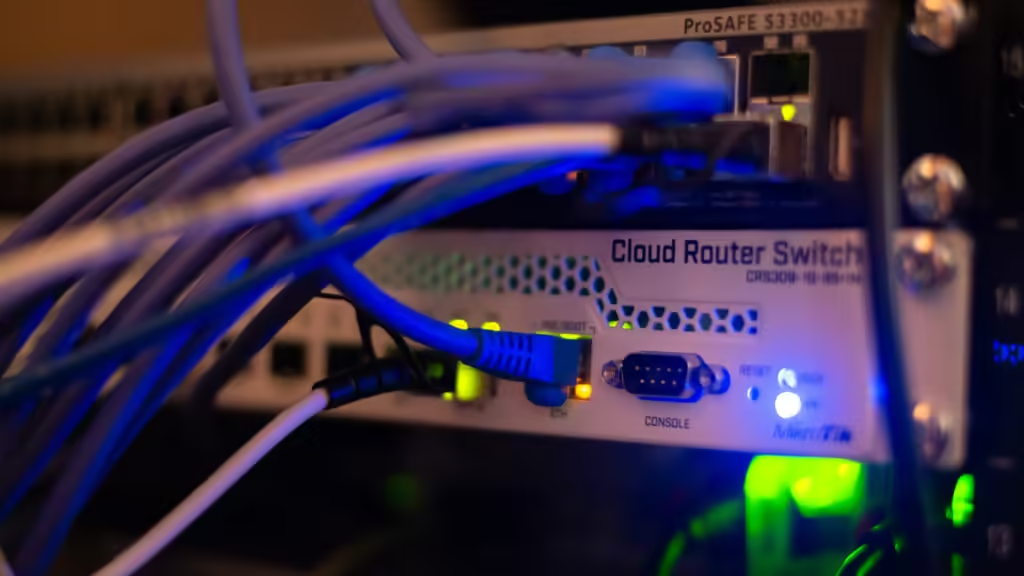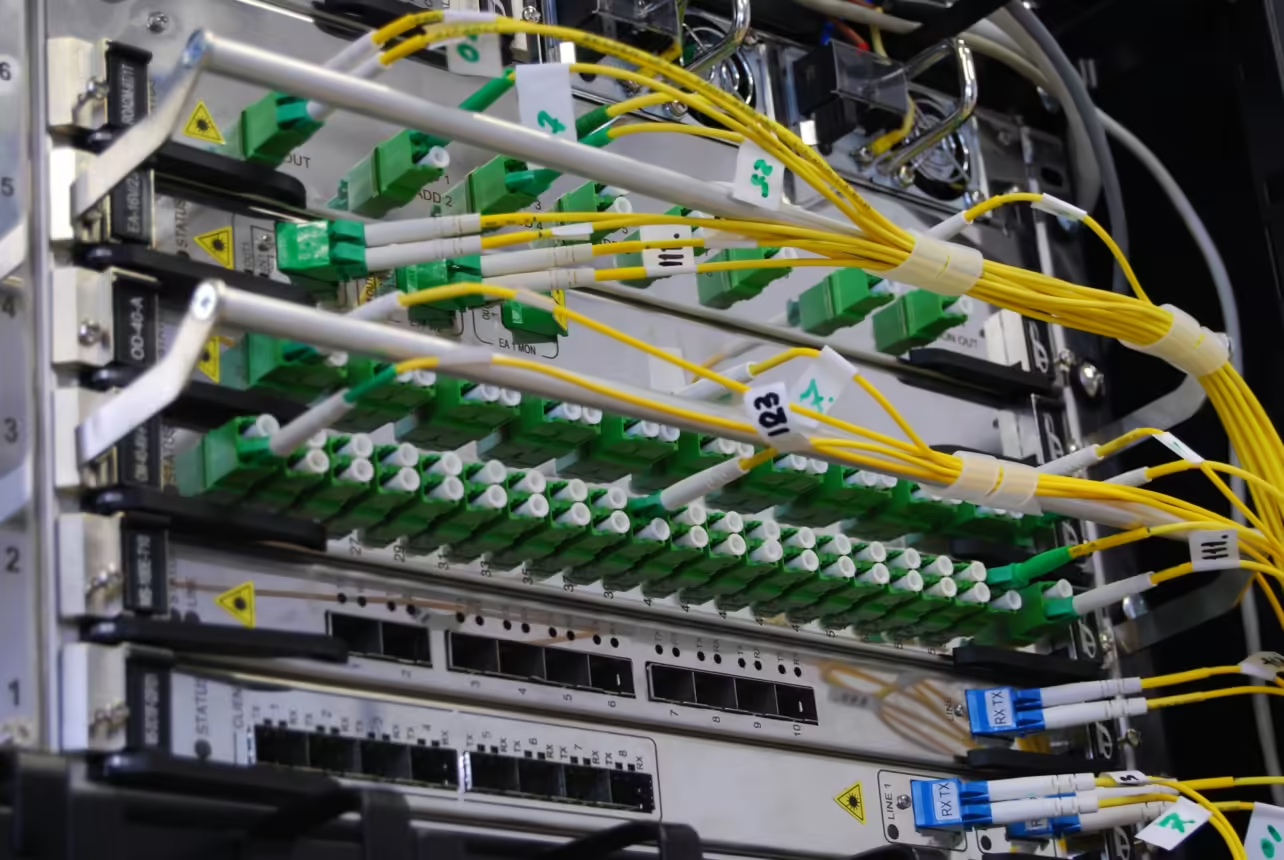- Understanding PLC Communication Protocols
- The Importance of PLC Communication Protocols
- Common PLC Communication Protocols
- Selecting the Right PLC Communication Protocol
- The Future of PLC Communication Protocols
- Security and Redundancy in PLC Communications
- Integrating PLC Communication Protocols in Modern Industry
- Conclusion
- FAQs
Communication is the lifeblood of any automated system in industrial automation. In other words, that is how devices can interact and perform complex functions. In that regard, down at the bottom of this communication lies the foundation for PLC Communication Protocols. The protocols define the rules in the process of exchanging data between devices living in a PLC system.
These guarantee that all components speak the same language to be easily integrated. This is an all-round book where we delve into PLC Communication Protocols: what they are, how important they are, some common types, and applications across industries. This guide will be quite insightful for automation engineers, students, and even novices who want to know all about the domain of PLC systems
Understanding PLC Communication Protocols
PLC Communication Protocols are sets of rules. They govern how data is transmitted and received within a Programmable Logic Controller (PLC) system.
These protocols define the format, timing, sequence, and error checking methods for data exchange. They ensure that all devices in a PLC system can communicate effectively.
Different protocols are designed to meet specific needs. Some are optimized for speed, others for reliability, and some for compatibility with various types of hardware.
Understanding these protocols is crucial for anyone working with PLC systems. It helps in system design, troubleshooting, and enhancing system performance.
The Importance of PLC Communication Protocols
PLC Communication Protocols are vital for the smooth operation of industrial automation systems. They enable different devices to exchange data and work together seamlessly.
These protocols also ensure data integrity. They have built-in error checking mechanisms to detect and correct errors during data transmission.
Moreover, they facilitate system integration. With the right protocol, devices from different manufacturers can communicate and operate as a single system.
Lastly, understanding these protocols is key to troubleshooting system issues. It helps identify communication problems and resolve them quickly.
Common PLC Communication Protocols
There are several PLC communication protocols in use today. Each has its unique features and applications.
Let’s delve into some of the most common ones.
Modbus Protocol
Modbus is one of the oldest and most widely used protocols. It’s simple, robust, and open-source.
It operates on a master-slave model. The master device initiates communication, and the slave devices respond.
Modbus supports both serial and Ethernet communication. The two main variations are Modbus RTU and Modbus TCP/IP.
Profibus Protocol

Profibus is a standard protocol in many industries. It’s known for its high-speed communication and flexibility.
It supports a wide range of devices. These include sensors, actuators, and controllers.
Profibus can handle complex automation tasks. It’s used in applications like process control and manufacturing automation.
Ethernet/IP Protocol
Ethernet/IP is a modern protocol that uses standard Ethernet. It’s compatible with a wide range of devices.
It supports real-time communication. This makes it ideal for time-sensitive applications.
Ethernet/IP also supports safety, motion, and time synchronization. It’s used in industries like automotive, food and beverage, and water treatment.

ControlNet and DeviceNet
ControlNet and DeviceNet are part of the Rockwell Automation architecture. They’re designed for different types of data.
ControlNet is used for high-speed, time-critical data. DeviceNet is used for device-level communication.
Both protocols use the Common Industrial Protocol (CIP). This ensures interoperability between devices.
CANopen Protocol
CANopen is designed for motion-oriented machine control networks. It’s used in applications like robotics and vehicle systems.
It supports a wide range of communication services. These include process data, service data, and network management.
CANopen also supports different communication models. These include master-slave and peer-to-peer communication.
Selecting the Right PLC Communication Protocol
Choosing the right PLC communication protocol is crucial. It depends on several factors.
First, consider the application requirements. These include speed, data type, and network size.
Next, consider the devices in your network. Some devices may only support certain protocols.
Finally, consider future needs. Choose a protocol that can adapt to changes in technology and requirements.
The Future of PLC Communication Protocols
The future of PLC communication protocols is promising. It is driven by advancements in technology.
Wireless communication and IoT integration are emerging trends. They offer new possibilities for data transmission.
Security will continue to be a major focus. Protocols will need to adapt to evolving threats.
Lastly, the integration of AI and machine learning is on the horizon. This could revolutionize PLC communication, making automation smarter and more efficient.
Security and Redundancy in PLC Communications
Security is a critical aspect of these protocols. It ensures the integrity and confidentiality of data.
Encryption and VPNs are commonly used. They protect data from unauthorized access and tampering.
Redundancy is another important concept. It increases the reliability of communication systems.
In case of a failure, redundant systems can continue operation. This is crucial in industries where downtime can be costly.
Integrating PLC Communication Protocols in Modern Industry
PLC protocols play a key role in modern industry. They enable efficient data exchange between devices.
Integration with cloud services and big data analytics is becoming common. This allows for more advanced data analysis and decision-making.
Legacy PLC systems can pose a challenge. However, solutions exist for integrating them with modern protocols.
Understanding the physical layer of PLC communication is also important. This includes aspects like wiring, connectors, and signal levels.
Conclusion
PLC communication protocols are the backbone of automation systems. They ensure seamless data exchange and system interoperability.
As automation evolves, so do these protocols. They are adapting to new technologies like IoT, AI, and cloud computing. This ensures they remain relevant in the future of industry.
FAQs
What are PLC communication protocols?
PLC communication protocols are rules that govern data transmission and reception within a PLC system, ensuring devices can communicate effectively.
What are some common PLC communication protocols?
Common protocols include Modbus, Profibus, Ethernet/IP, ControlNet, DeviceNet, and CANopen.
Why are PLC communication protocols important?
They ensure interoperability, data integrity, and efficient system integration, enabling seamless operation of industrial automation systems.
How do you choose the right PLC communication protocol?
Consider application requirements, device compatibility, network size, and future scalability needs.

1 comment